Léonie Daignault-Leclerc, founder of the Gaia & Dubos brand , launched her first book For a responsible wardrobe at the beginning of the month.

For a responsible wardrobe by Léonie Daignault-Leclerc
As part of writing the article The cost behind the product: local fashion , published 2 years ago on the Signé Local blog, I had the chance to meet and talk to Léonie. We talked about his vision of the fashion industry and the creation of the Gaia et Dubos brand. Having eco-responsible values very similar to the designer as well as a particular interest in the fashion industry and its environmental impact, I have been actively following its evolution ever since. It was with excitement and eagerness that I picked up a copy of his book when it was launched in Montreal. I devoured every page that highlights the sad reality of the fashion industry and the ethical and environmental issues associated with it.

Ariane Lessard, Signed Local and Léonie Daignault-Leclerc
From the first pages, it paints a realistic portrait of today's industry. It addresses the various human and environmental tragedies that have occurred in recent decades, but above all is interested in solutions .
Here are 5 solutions proposed by Léonie:
Buy ethically
It is not always easy to know the real conditions in which our clothes were made. However, be aware that when you get an item at a ridiculous price, someone necessarily pays the price… and it is rarely the multinational that sells it to you. It is by opting for ethical products as often as possible that our voices will be heard. As Léonie mentions in her book “Voting with your money is the gesture that will have the greatest impact on the transformation of the industry”.
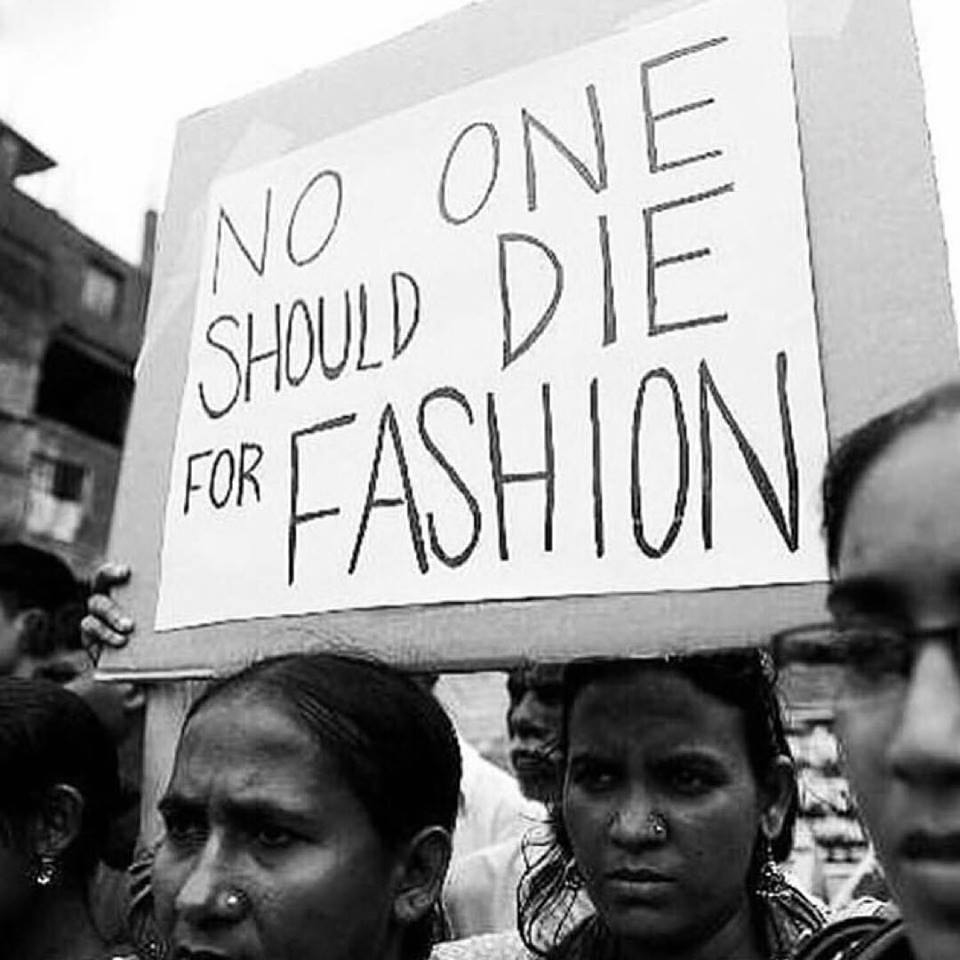
Credit: Gaia & Dubos
Opt for eco-responsible and ethical materials
No material is 100% ecological. Favoring organic natural fibers or fibers that have been certified will reduce the environmental footprint of your clothes. Several organic, recycled and environmental content certifications and standards exist; educate yourself and research them.
Buy locally
Buying local certainly has a lesser impact on the ecological footprint of a garment. Although the environmental footprint related to transport is minimal, unlike the energy required to produce a garment, we still save a little on the environmental level. Where the impact is the most positive is on the spin-offs generated in the local economy. We also check the working conditions under which the clothes were produced.
Take care of your clothes
In her book, Léonie mentions that 75% to 80% of the environmental impact of a garment results from the way the consumer takes care of it. Certain products and techniques can allow us to preserve our clothes longer. Occasional washing, choice of detergent, dryer ball, air drying, etc.

credit: Gaia & Dubos
Give your clothes a second life
Much of the clothes we no longer wear end up in landfills, where they take more than 200 years to decompose. Before taking your clothes to charities, consider transforming and recycling them your way: tawashi sponges, quilts, reusable handkerchiefs, etc.
If you want to learn more about the impact of your wardrobe and find out how to improve it, I strongly urge you to get the book.
For a responsible wardrobe by Léonie Daignault-Leclerc is on sale online and in bookstores by Éditions LaPresse.
To learn more about Gaia and Dubos, read the article Gaia & Dubos, sustainable and responsible fashion by our collaborator Jeanne.



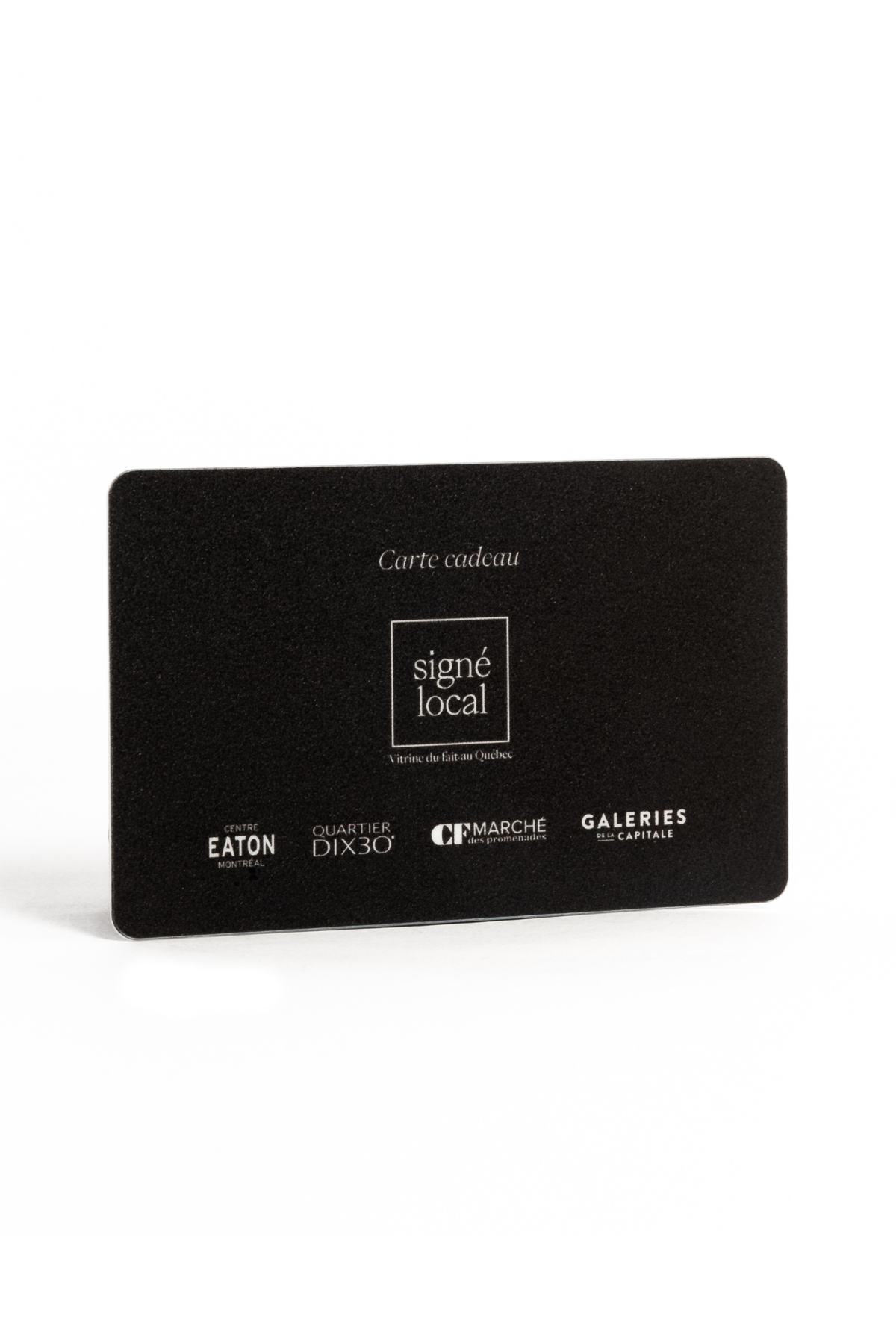





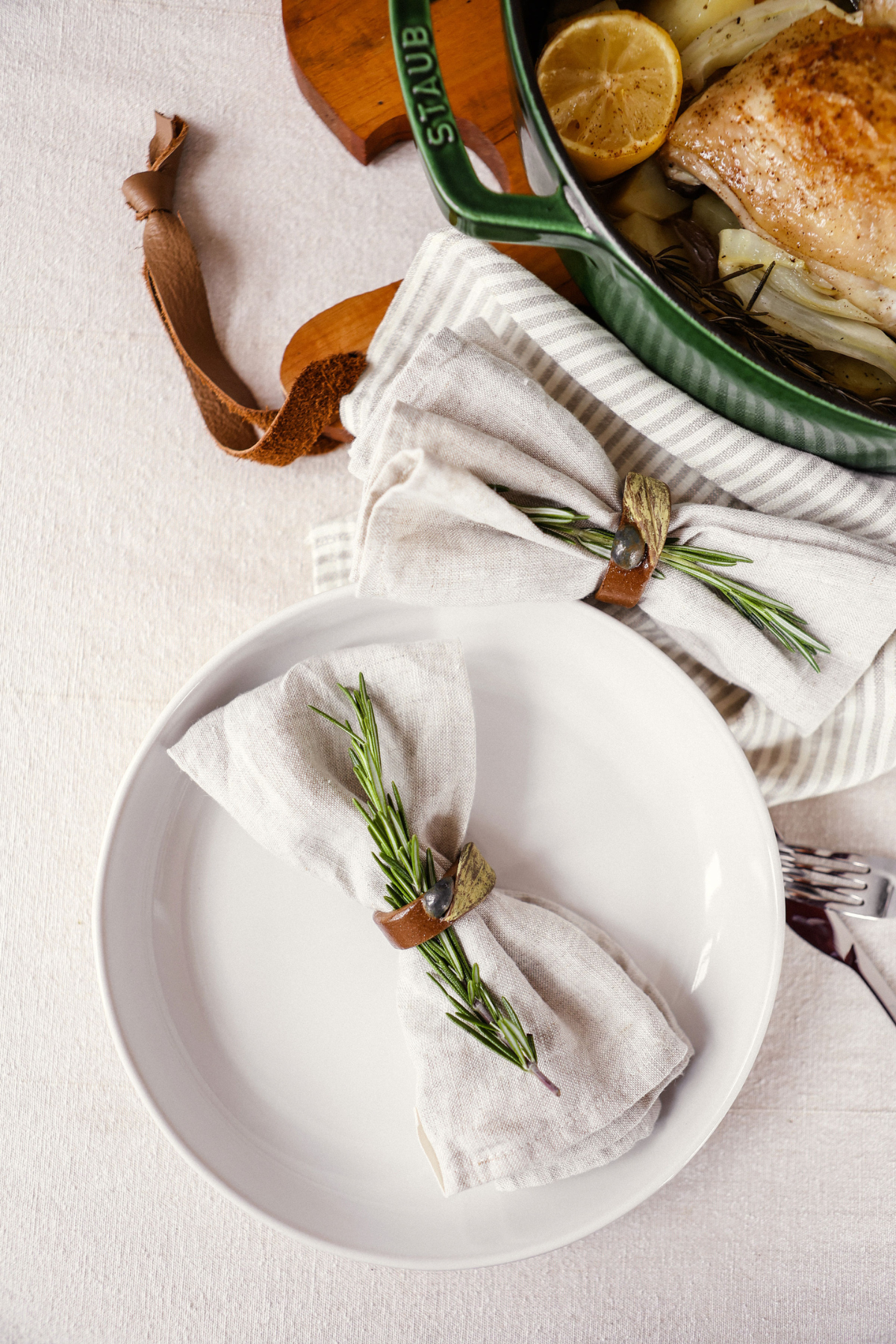
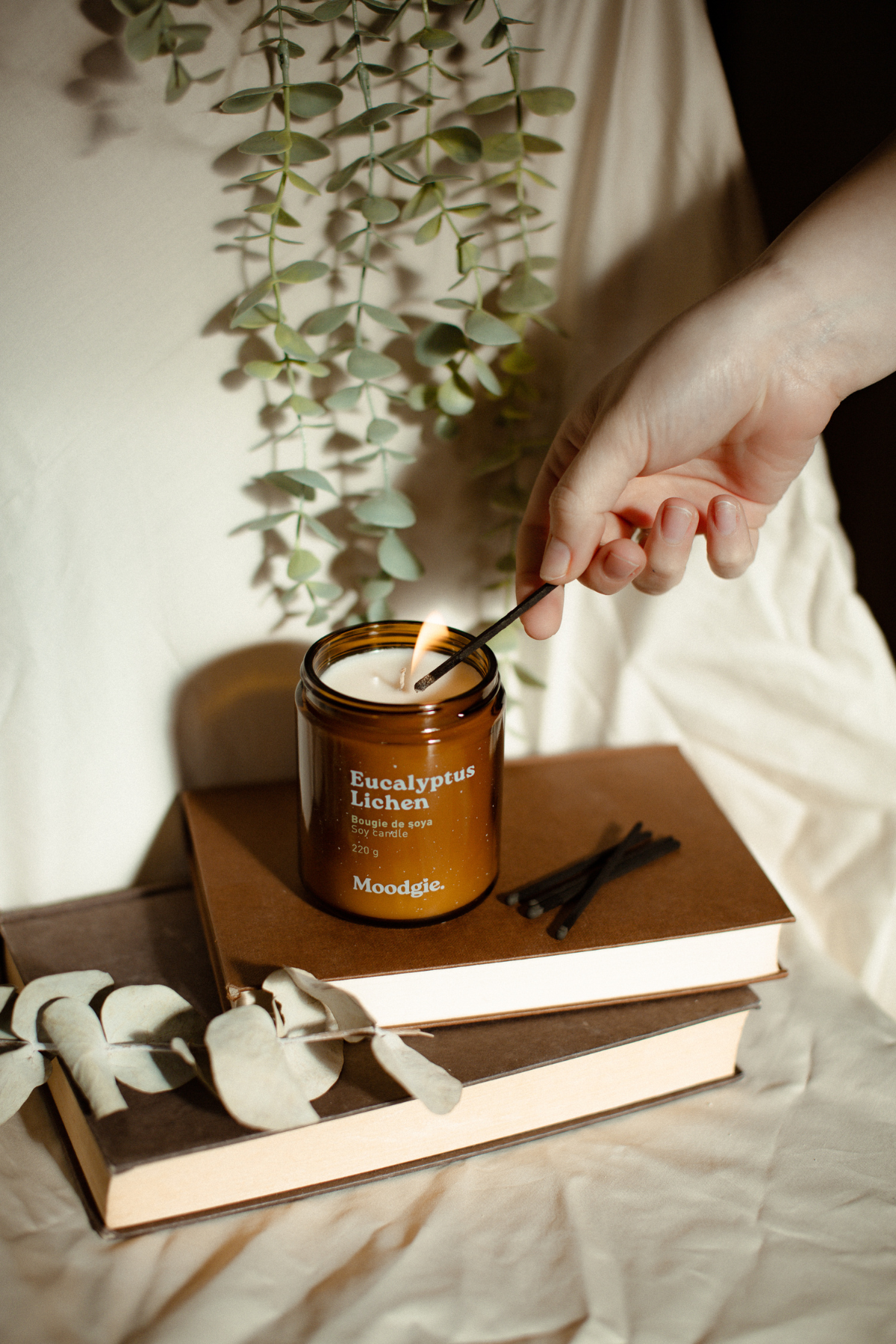

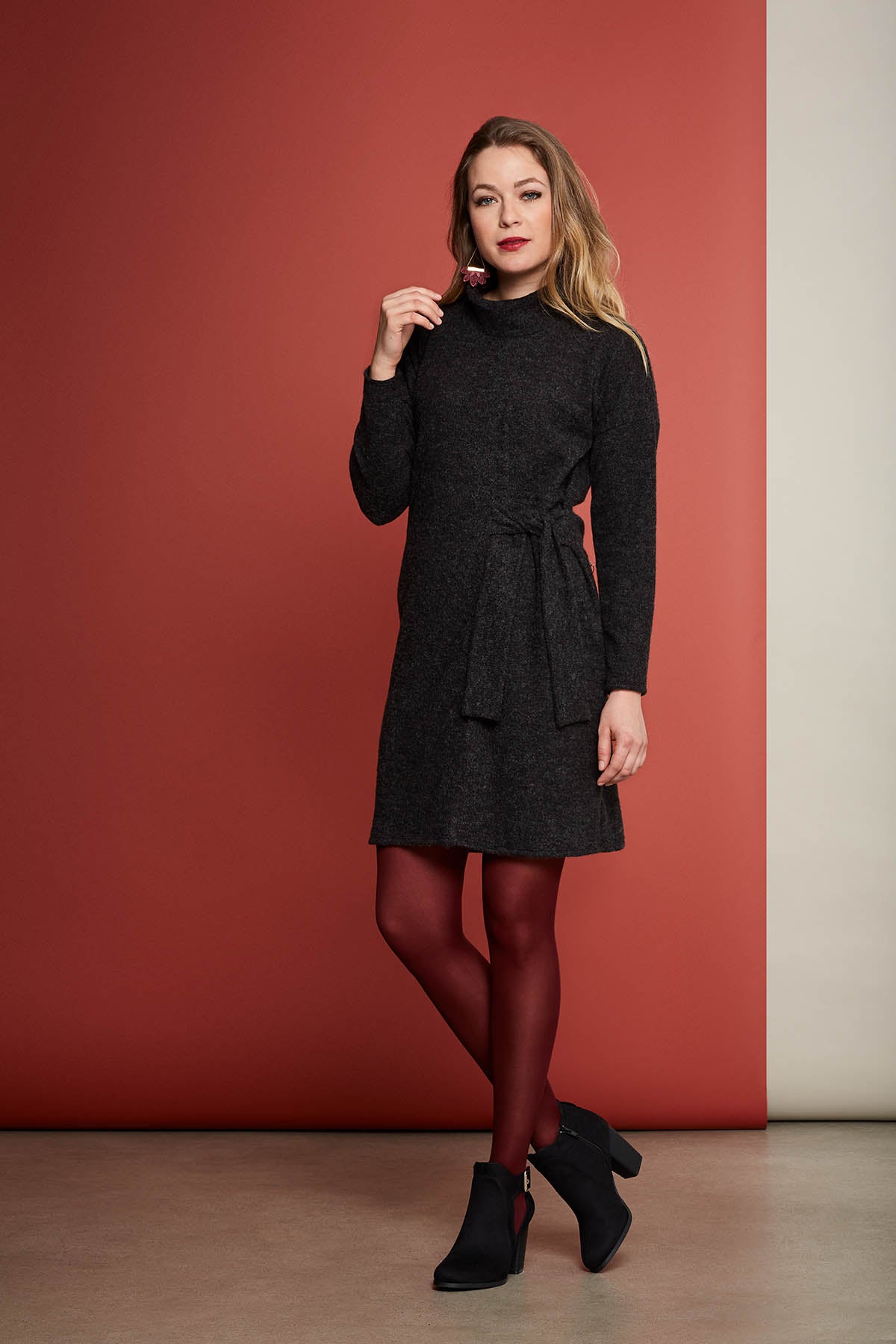




















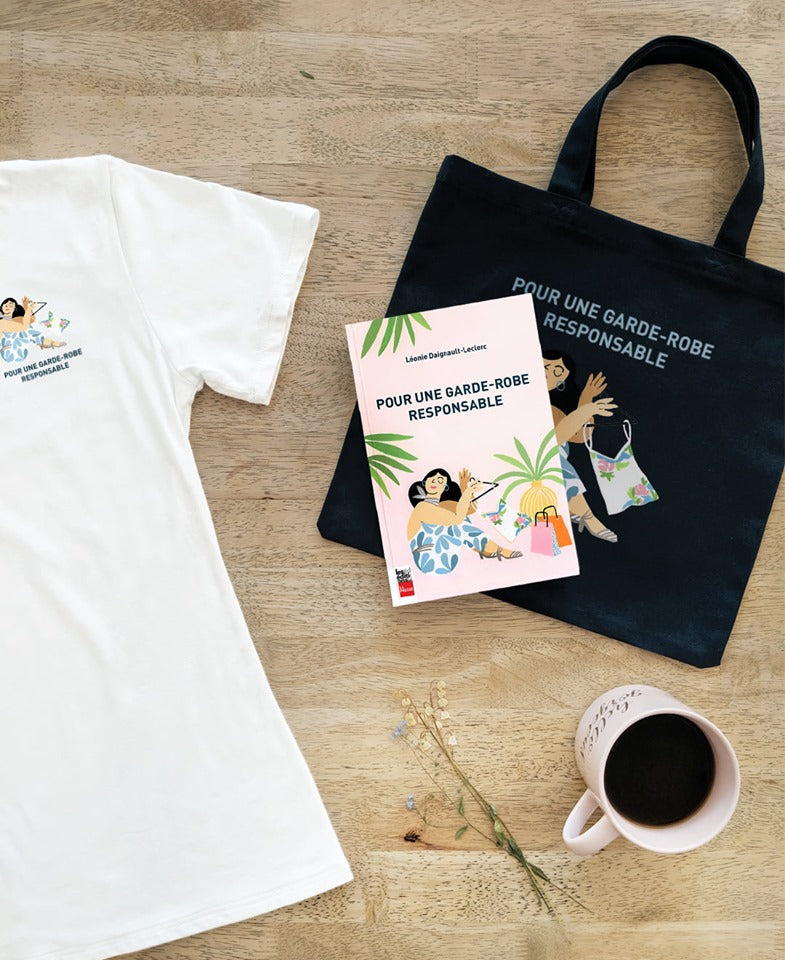


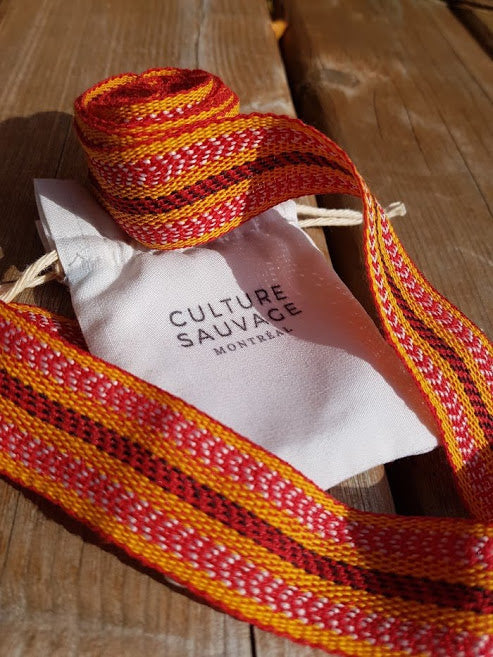
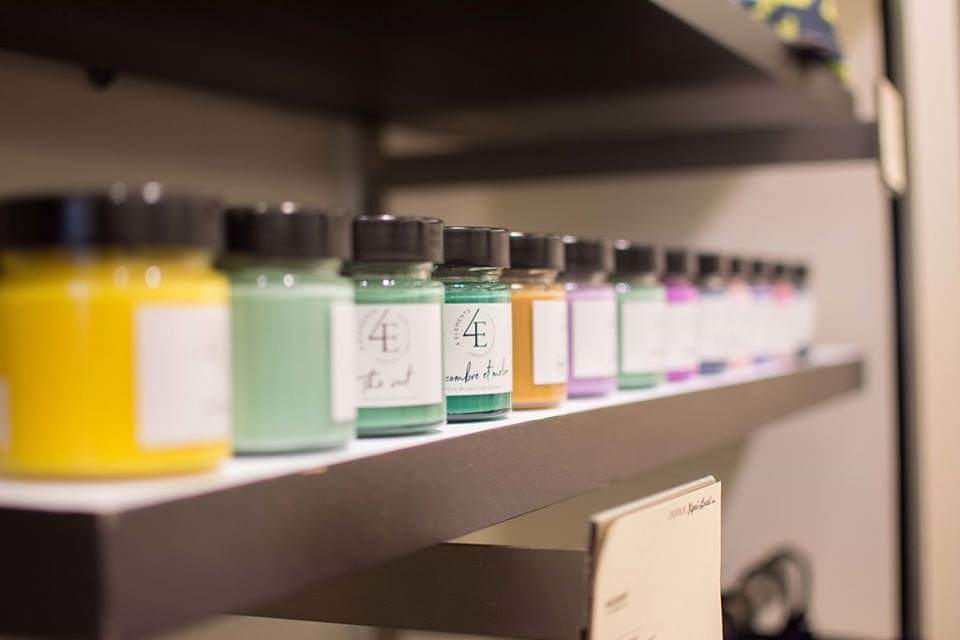
Leave a comment
This site is protected by hCaptcha and the hCaptcha Privacy Policy and Terms of Service apply.